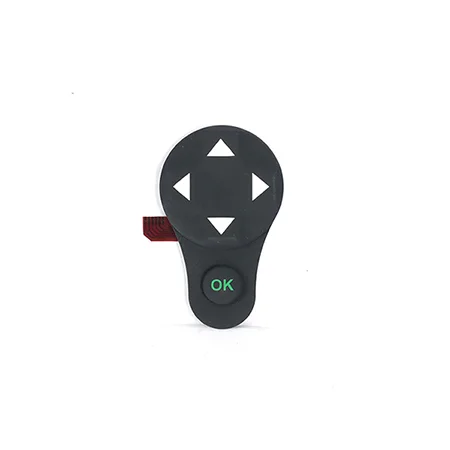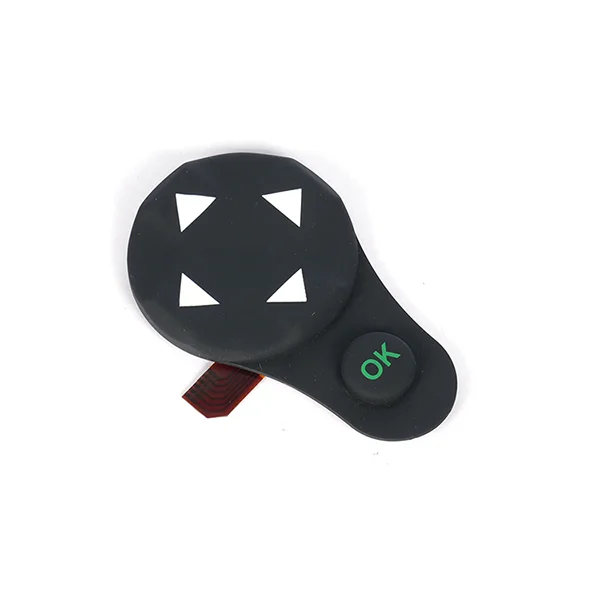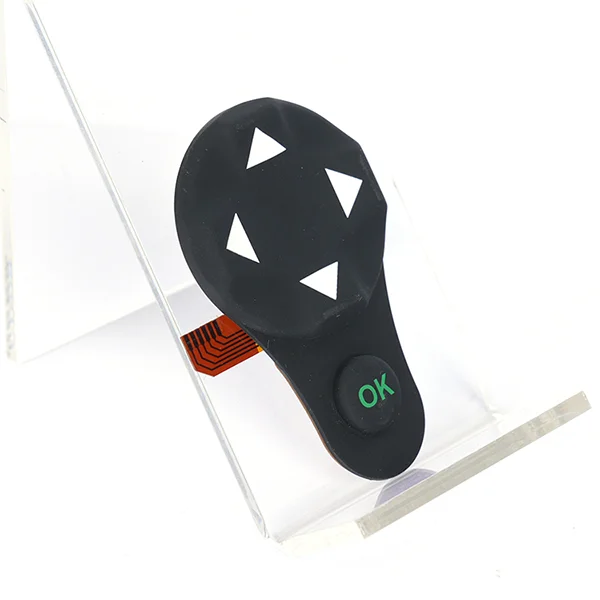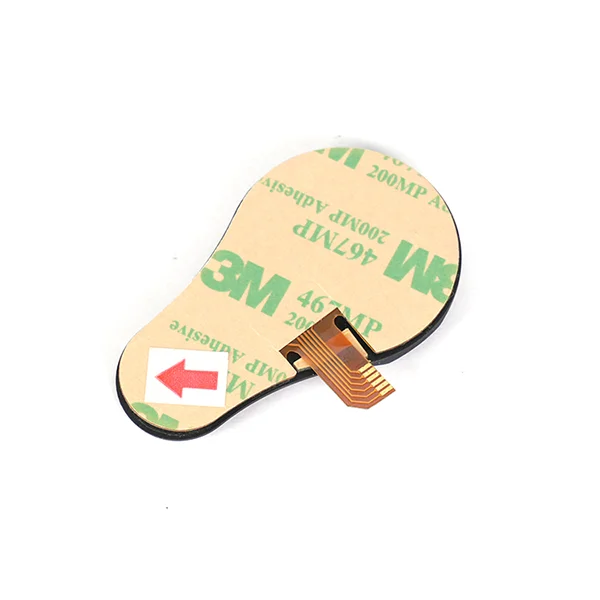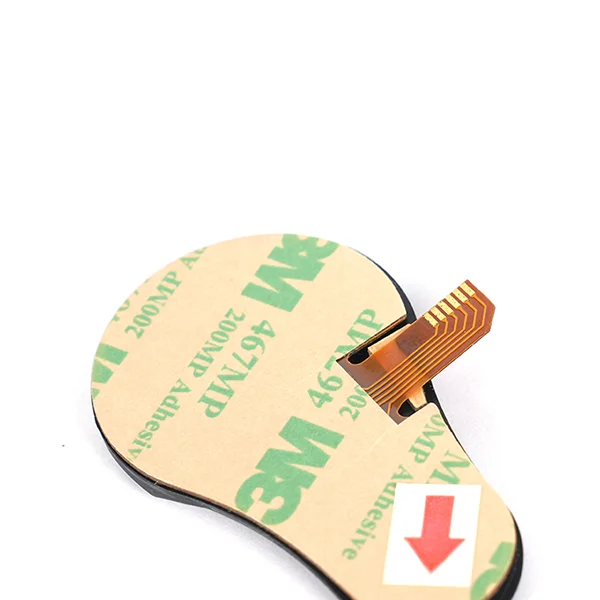Application of FPC Membrane Switch in Lighting Facility
FPC membrane switches are commonly used in applications where a compact and reliable user interface is required. They are often found in electronic devices such as remote controls, medical equipment, industrial control panels, and various consumer electronics. The flexibility of the FPC allows for versatile design options, and the membrane switch design contributes to a low-profile and cost-effective solution for many electronic devices.
-
Electrical characteristics:35V (DC), 100mA, 1W
-
Contact resistance:10Ω-500Ω (varies according to the lead wire and the material use, generally<200Ω)
-
Insulation impedance:≥ 100MΩ 100V
-
Dielectric strength:250V Rms (50-60HZ, 1min)
-
Contact jitter time:≤ 5ms
| Basic Parameters of FPC Membrane Switch | |
| Max. Panel size | 600*800mm |
| Max. Panel size (with emboss) | 400*500mm |
| Paste | silver paste, carbon paste |
| Ink color | red, black, blue, white, yellow, green, purple, etc |
| Trace width | 0.15-0.20mm |
| LED spec. | 0402, 0603, 0805, 1210 |
| Wire length | Per customer requirements |
| Waterproof class | IP65 |
| Connector | female pin, male pin |
| Metal dome types | triangle, for-legs, circle |
| Trip force (metal dome) | 280g, 340g, 450g |
| Travel (metal dome) | 0.35-0.71 |
| Diameter (metal dome) | 8.4mm, 10mm, 12.2mm |
| Surface treatment (metal dome) | gold plating, nickle plating, stainless |
| Back adhesive | DSMS, 3M, SOKEN |
| Citcuit board option | FPC, PCB, Aluminum |
| Panel material | PET, PC, TPU, PMMA |
The performance testing is criteria for an FPC membrane keypad switch encompass various aspects, Yu An performs several tests to ensure the good quality of the membrane switches, including:
- Adhesion of copper foil
- Solderability and roundness of pads
- Screen printing clarity, surface smoothness
- Circuit/trace connectivity
- Insulation performance
It is essential to verify the appearance, material, and overall performance of the FPC flexible circuit board.
Copper foil adhesion pertains to the bond between the FPC membrane circuit and the substrate. If the copper foil’s adhesion is insufficient, the FPC circuit may easily detach from the pad substrate. To assess this, the FPC circuit to be tested is affixed with clear glue, air bubbles are removed, and it is promptly peeled off in a 90° direction. If the circuit remains intact, it confirms that the copper foil adhesion of the FPC flexible circuit board meets the required standards.
The solderability test for pads evaluates the solder’s wetting capability on the printed pad, and it is a vital indicator in the FPC membrane switch circuit test. Electrical performance indicators for FPC flexible circuit boards include circuit continuity and insulation performance. During testing, a high-current shrapnel micro-needle module is employed for connection and conduction. This module efficiently transmits large currents and maintains a stable connection within the resistance range of 1-50 ohms. It is also capable of handling small spacing, ensuring the needle does not become stuck between 0.15mm and 0.4mm. This ensures a smooth and stable FPC flexible circuit board test.
Contact us online

